Commentaries
Your Present Location: Teacher_Home> John Ross> CommentariesThe risk of misrepresentation of the facts
By John Ross Source: Global Times Published: 2016-11-7
Recently, Chinese economists Justin Lin Yifu and Zhang Weiying held a debate on industrial policy. Upon reading Zhang`s subsequent article "Four Mistakes Justin Lin Yifu Made In Industrial Policy," I was surprised to find he had misread British and American history and developed an incorrect position on industrial policy.
It is a wrong presentation of economic history to state: "In human history, the real economic growth miracle happened in the US and Britain. Thanks to the Industrial Revolution, Britain developed from a border island into a leader of modern human civilization. The US turned into the world`s largest industrial nation in 1890 from an agricultural country where 80 percent of its population lived in rural areas before the Civil War."
Suggesting that Britain at the time of the Industrial Revolution was a "border island" is the exact opposite of the truth. Britain, even before the Industrial Revolution was already the most powerful state in Europe having won almost a century of wars against its main rival France.
Neither is there any miracle as to the unparalleled growth in the US after its Civil War, when it overtook the UK and became the world`s largest economy. The US` rise to global economic dominance was based on gigantic quantitative accumulation of labour and capital.
Between 1860 and 1890, spurred by massive immigration, the US population almost doubled from 31.8 million to 63.3 million. In contrast, in the same period, the UK population increased by only 30 percent. In 1860 the US population was 3 million higher than the UK, by 1890 it was 26 million higher.
Simultaneously the US percentage of fixed investment in GDP rose to far above any level that had previously been achieved by the UK, the former economic superpower. The highest UK annual percentage of GDP devoted to fixed investment prior to World War I was only 10.6 percent, compared to a US maximum of 21.8 percent.
Furthermore, massive state action in the UK and US led to this economic growth, not a free market.
The UK`s rise to world economic dominance was characterized by enormous state borrowing and expenditure - chiefly undertaken to finance the warfare required to create its global empire. By 1763 UK state debt reached over 150 percent of GDP and by 1815 state debt was over 250 percent.
The US, during its rise, used state intervention to create one of the world`s most protectionist tariff regimes. High tariffs were deliberately designed to protect the development of industry in the northern US states. By 1870 the average US tariff on imports was 45 percent and it remained above 27 percent until 1910.
The UK in the 19th century, and the US in the 20th, were the world`s largest economies, and the most powerful industrial states. Therefore, misrepresenting their development necessarily presents a distorted and inaccurate version of the entire history of economic growth.
Compared to these historical errors by Zhang Weiying, the inaccuracies in his position on industrial policy is rather small. Nevertheless, these errors are worth briefly looking at.
As Martin Wolf, chief economics commentator at the Financial Times, put it, "innovation depends on bold entrepreneurship. But the entity that takes the boldest risk and achieves the biggest breakthroughs is not the private sector; it is the much-maligned state…Because of the high cost of very large scale R&D, and the uncertainty of its outcome and time scale, i.e. the high costs of expanding the technological frontier as opposed to adopting or improving already proven technologies, it is the state which plays a decisive role in fundamental innovation."
This is precisely the point Justin Lin Yifu notes regarding the overall US lead in R&D: "[Federal and state government] interventions include the allocation of large amounts of public funding to defence-related procurements and R&D spending, which have large spillover effects throughout the economy."
Why, therefore,does Zhang make such historically inaccurate statements in regards to Britain and the US?
It is because if facts and a theory do not coincide there are only two courses that can be taken. The first, the correct one, demanded by the Chinese dictum "seek truth from facts" and the basis of science, is that if the theory and the facts don`t coincide then the theory must be abandoned as wrong. The second, which rejects science, is that if the facts and the theory don`t fit then the facts must be ignored. The misrepresentation of the history of two of the most dominant global economies in the last two centuries is a particularly extreme case of attempting to ignore facts to support a wrong theory.
When facts are suppressed to justify a false theory in a university seminar, it is ultimately students knowledge that is damaged. If facts are suppressed for the sake of a wrong theory concerning China`s economic policymaking, in the world`s second largest economy, then the lives of 1.3 billion people are at risk and China`s national rejuvenation may be seriously set back.
The author is a senior fellow at the Chongyang Institute for Financial Studies, Renmin University of China.
Key Words: China; economy; RDCY


















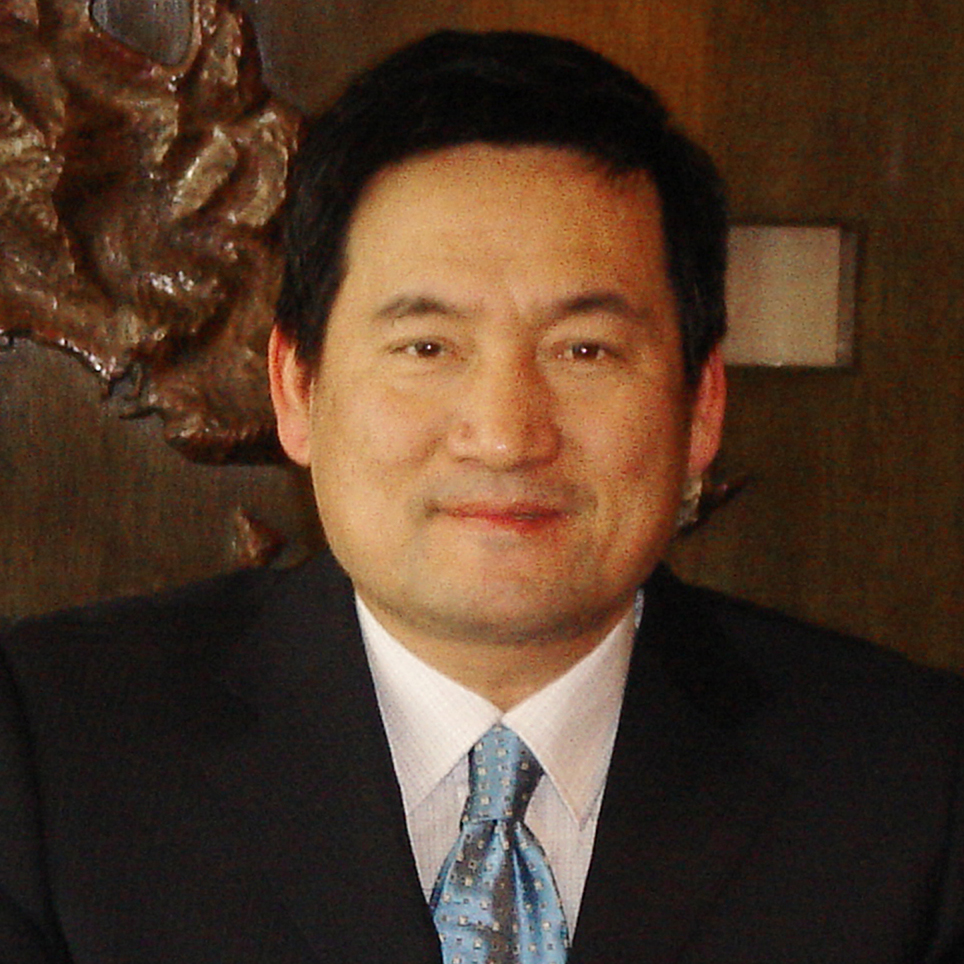














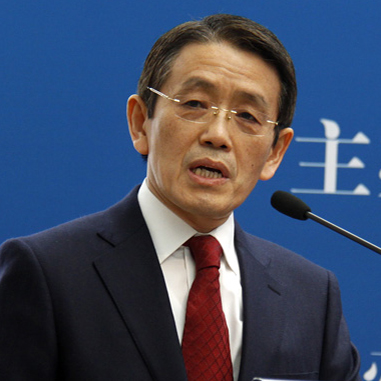












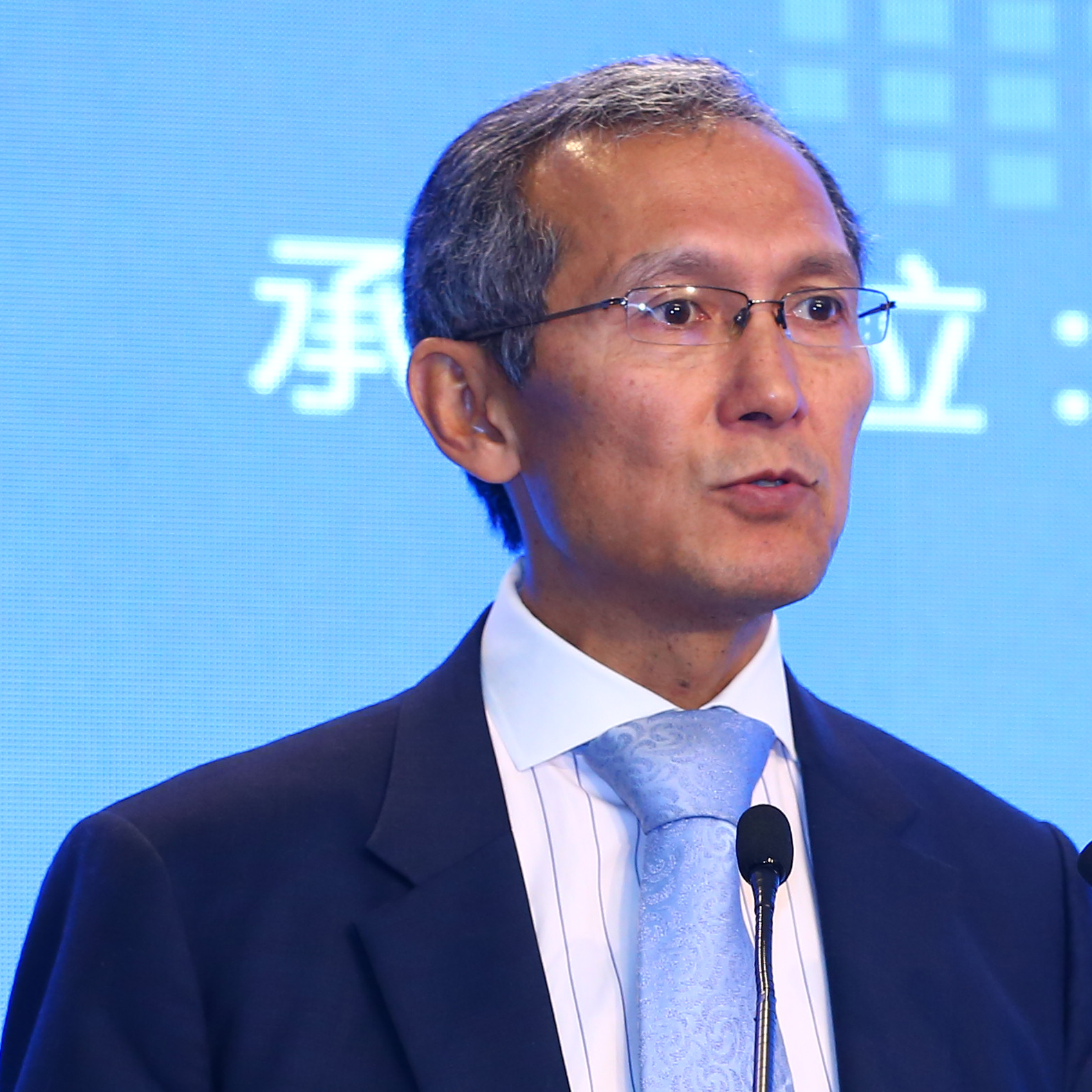













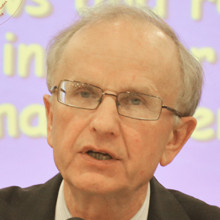


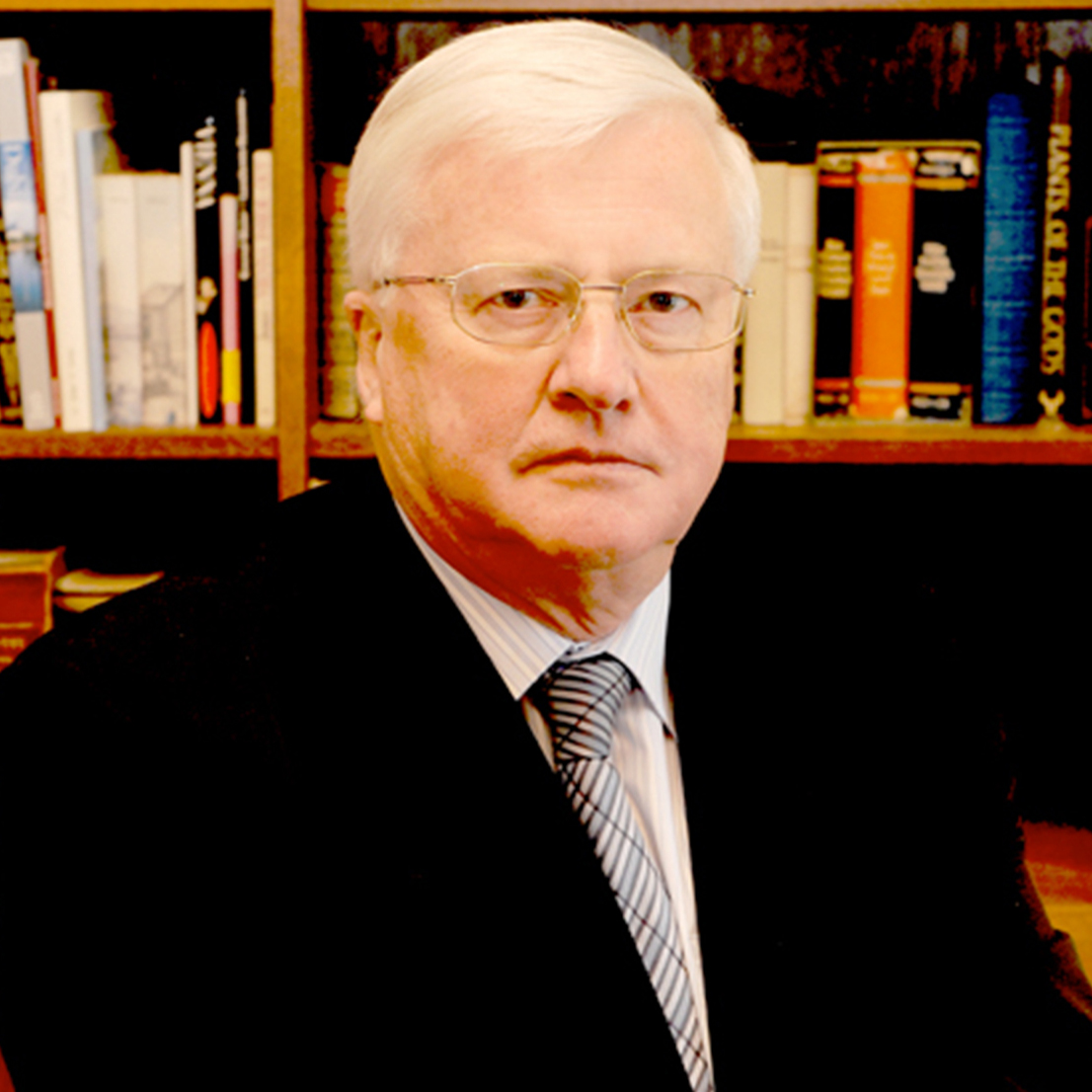





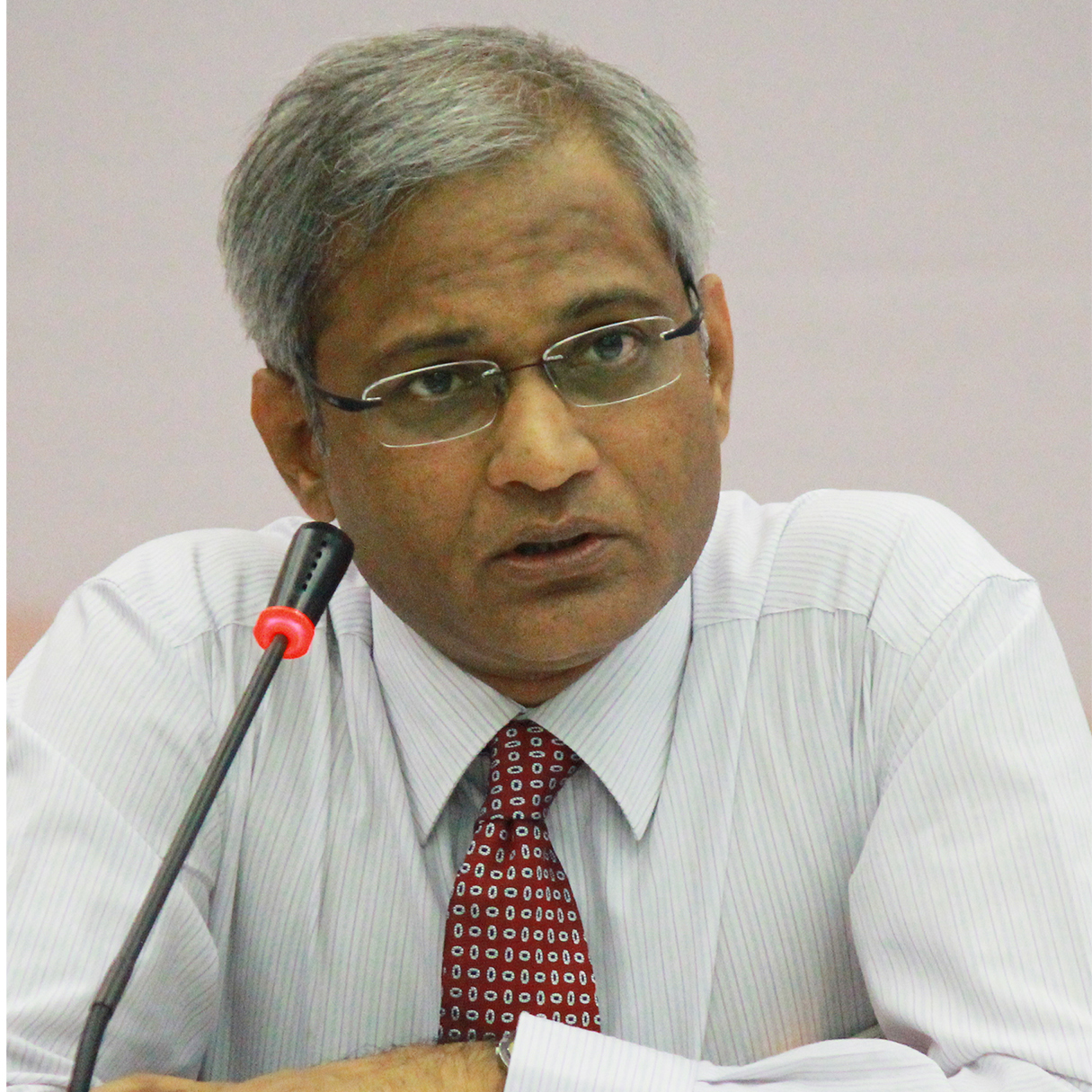
















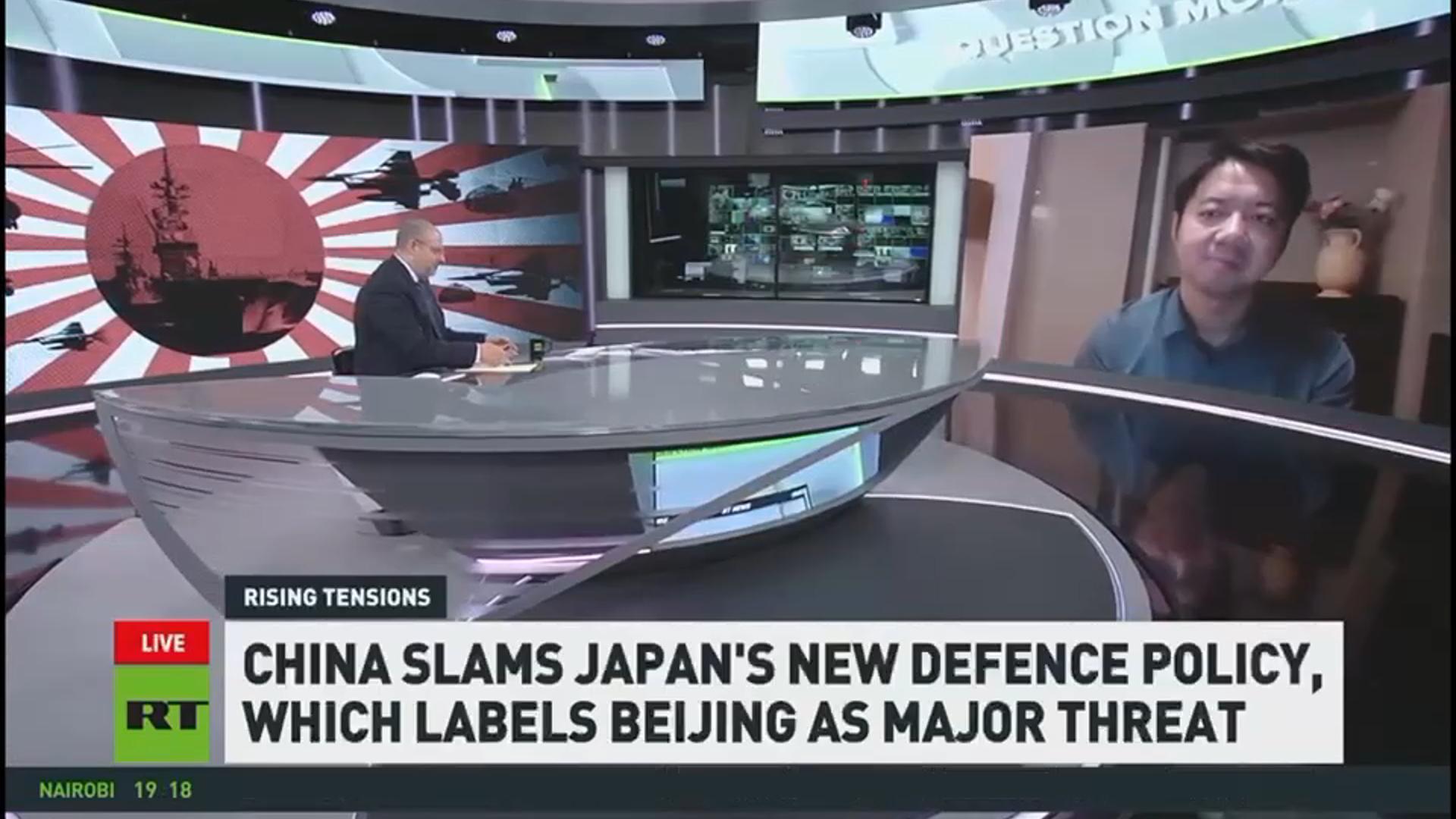
 京公网安备 11010802037854号
京公网安备 11010802037854号





